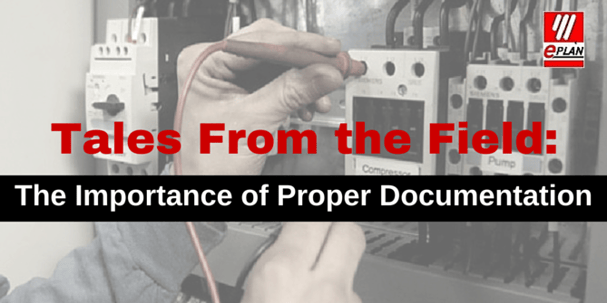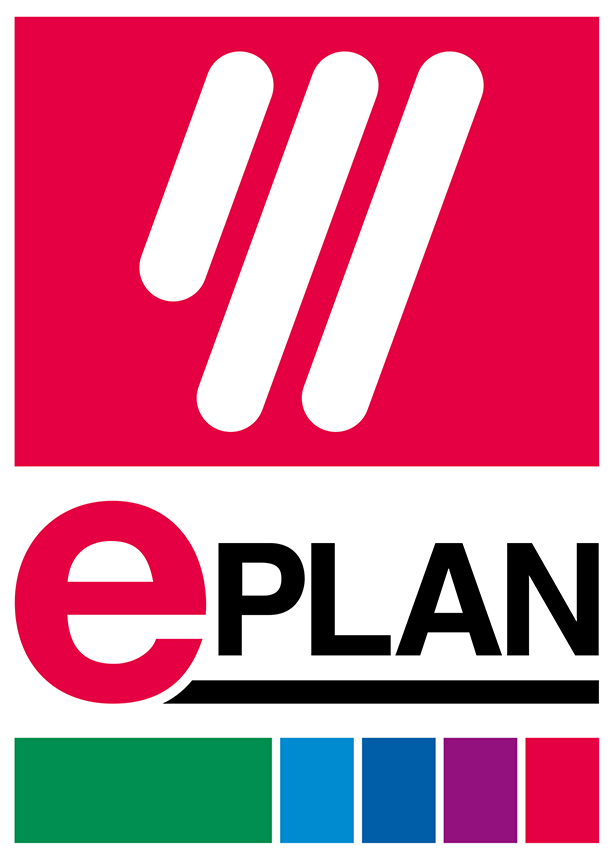 A lot goes into producing machinery. At EPLAN, we put a lot of thought into our platform that allows production to move faster, more efficiently and cost effectively. EPLAN helps you manage engineering data consistently from concept design, through detailed engineering all the way to manufacturing and service with a focus on decreasing processing time and simple project management.
A lot goes into producing machinery. At EPLAN, we put a lot of thought into our platform that allows production to move faster, more efficiently and cost effectively. EPLAN helps you manage engineering data consistently from concept design, through detailed engineering all the way to manufacturing and service with a focus on decreasing processing time and simple project management.
But, there’s more to efficient engineering than creating machinery. What happens to the equipment produced once it is shipped and in your customer’s hands is just as important as the production itself.
We were reminded of this by one of our customers, Neutron Factory Works. Neutron is based in Delta, British Columbia. They install and maintain equipment for manufacturing, processing and warehousing facilities around the BC Lower Mainland. They provide 24/7 services. On their website they state:
Downtime is the biggest preventable expense in any factory, your losses due to idle equipment and staff during production grow exponentially by the minute. How you move through this situation will have more of an effect on your company’s performance than any other cost saving measure. Protection of your investment is key. Try us out and see the difference it makes when you have a team of experts engaged in a preventative service model maintaining your facility.
It’s an ambitious agenda and one that is complicated by the fact that once they arrive at a job site, they never know what they are going to confront. One of the biggest obstacles they encounter is missing or poor electrical schematics for the equipment they were there to repair.
“I come from a maintenance/service background,” said Kris Morris, until recently the automation and panel shop manager for Neutron. “I would get frustrated every time I saw a product…that had no wire labels, no drawings.”
When he came across machinery that had been done in EPLAN Electric P8, it was a different story.
“I was always happy when I saw a machine had nice EPLAN drawings. Bingo! I could read the schematics, I could find stuff real quick.”
Neutron sees itself as a “full life-cycle partner”, so having accessible, and understandable documentation, is crucial to their business model…and sanity.
EPLAN’s architecture keeps all aspects of the design production, including schematics and documentation configured fluently. Changes and error correction are dynamically inserted across the entire project in real time. This integration means that up to date documentation stays with the product during its entire lifecycle, including post production updates. With EPLAN in place, you can also send the documentation in a PDF format so a technician working on-site can access the documentation on the shop floor with an IPad or any other device.
Having a system that offers this depth of operability also means you can create a library of project templates and macros that allow for commonly used components, circuits and subassemblies that can be inserted into new projects for faster completion which scales over time.
“EPLAN allowed us to build and deliver consistently high-quality products reliably, on time and on budget,” added Morris. “I wanted to create this culture where this is what we are known for and what every Neutron customer expects.”




